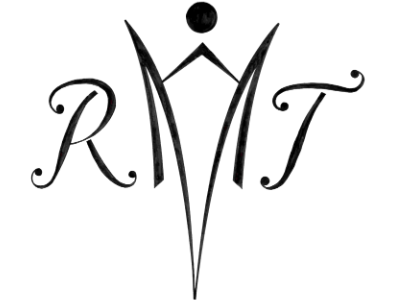Evaluation of the Spanish Baroque Harp HUETE by Dr. Andrew Lawrence-King
……The Huete is very beautiful. I like the standard features of your Spanish designs (especially the lion-paw feet which are practical, historical, attractive and fun), but this instrument is exceptional, a delight to the eyes of the player and the audience. The visual appeal is absolutely in tune with the musical and cultural aesthetic: an evocative mix of exotic Moorish influences, strict Spanish proportions and free-flowing Latin American flair.
After a very short time with the Huete, I felt very comfortable with the instrument. The Huete is very easy to play – both for technical features and for sound-production. It’s much easier to play in the baritone register – the string spacings work very well and the greater string-tension reduces the tendency of the diatonic strings to touch the chromatics, allowing one to play faster and/or louder without problems. It’s effortless and satisfying to play, the sound just floats out clear and carrying, with a rich warmth.
I’m just starting that work with the Huete now, and the situation seems similar. I’ve seen and briefly played the Torre you made for Mie, and it’s a lovely instrument. I find it something comparable to what I already knew in Spanish harps – better of course, but I felt I instantly understood it. The sound is so warm, clear and effortless, and there is lots of it – more than one immediately realises as a player. It’s so easy to play, and gives no impression of ‘effort’, so that at first you don’t notice how powerful and carrying the sound is. This is all so beguiling that it takes longer to find how to make some of the less beautiful sounds that are sometimes necessary for expressive moments (e.g. laments) or for character roles (Mexican popular dances).
All the technical features of the instrument work superbly. I very much like the symmetrical construction (it slightly changes ‘where the strings are’ for the player, but its quick to get used to this), and the higher string tension that it allows. The low Eb was very useful in the Oratorio, and I’m getting used to the different access to the diatonic basses that results from having another chromatic string. (I can always remove the Eb, but I’d rather keep it on, and get used to it). The treble has a more noble (well, simply better) sound than I’ve ever had before, and I’m gradually learning how to find a cutting-edge of sharpness when its needed. The baritone is superb, I’m just enjoying this more and more. The extreme bass again has a much finer sound than I’ve ever had before.
It’s delightfully lightweight, easy to transport and very stable when playing. I’m still happily surprised when it doesn’t try to fall over in the middle of some difficult passage of fast notes! And it’s very convenient that it stands alone, when not being played. Certainly this is more pleasing for both player and audience, than having to lie it down on the floor.
It’s a wonderful instrument, to look at, to play, to listen to. The core sound is deeply satisfying, full of character and nobility. It’s very easy to play. Like any work of art, you have to study it in depth to discover all its secrets: I’ve just started with this.
Thank you very much for this beautiful harp. I’m very proud to own it, and I love to play it. And I’m fascinated by the prospect of gradually learning what it will teach me about this alluring repertoire. Musicians learn from the music, the treatises, the art works, the literature, but also from the experience of playing the very best instruments. “

Dr. Andrew Lawrence-King
Professor of Early Harp, Guildhall School of Music and Drama, London
Senior Visiting Research Fellow, University of Western Australia
Tutor in Early Harps, Royal Danish Academy of Music, Copenhagen
Director, The Harp Consort
Principal Guest Conductor, Concerto Copenhagen
